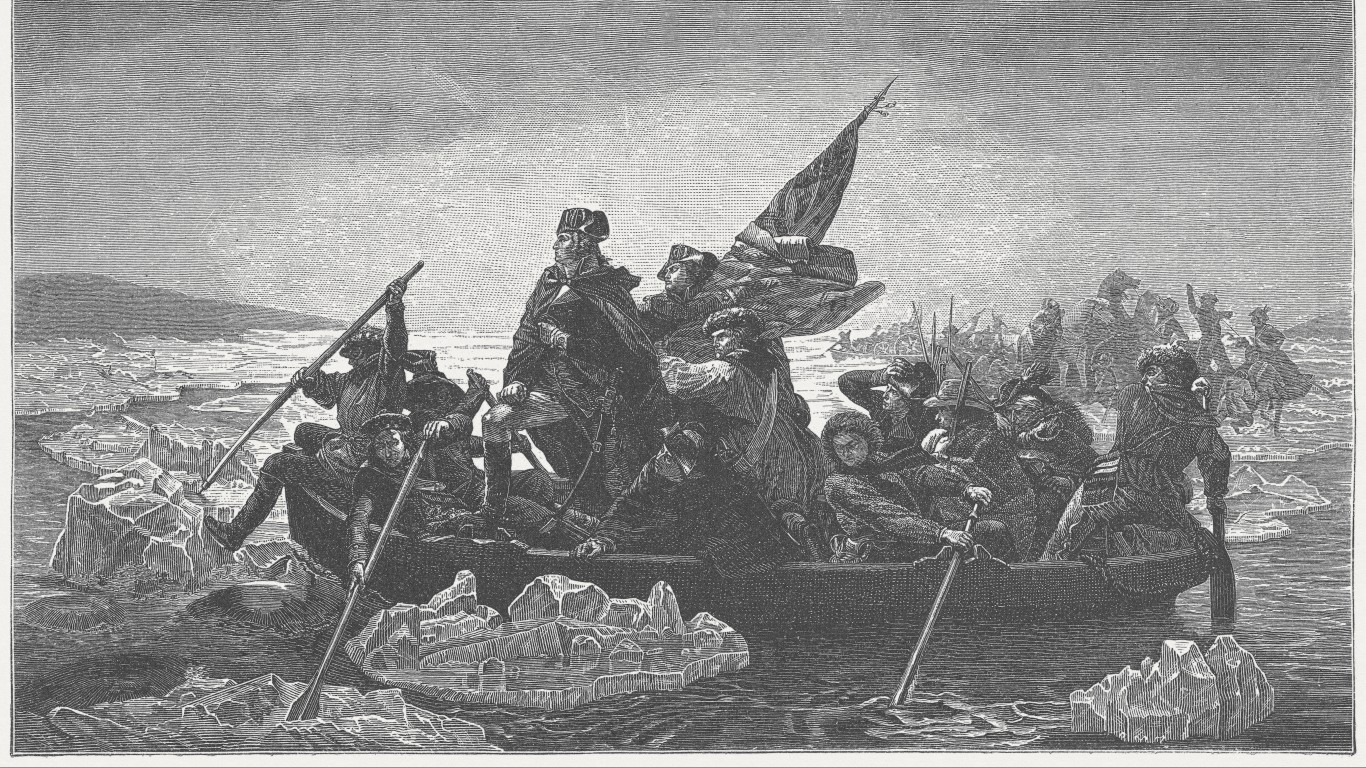
Department of Veterans Affairs records show that in the nearly 250 years since the country’s founding, about 1.2 million members of the United States military have died in American wars. For most of that period, however, the biggest threat to American troops was not combat. Until the mid-20th century, the No. 1 killer of American service members in wartime was disease.
Limited by the medical knowledge of the time, for nearly a century and a half, doctors and nurses were virtually powerless to treat infectious diseases that spread through American military bases both at home and abroad. Poor sanitation and hygiene practices at military outposts often exacerbated the problem, allowing disease to spread rapidly through the ranks.
These circumstances came with devastating consequences, not only reducing manpower, but also eroding morale, and often impacting military strategy and tactics.
Using data from medical journals, government reports, military museums, and more, 24/7 Wall St. identified the wars in which more Americans died of disease than combat.
Many of the wars on this list were waged on foreign soil, in areas where Americans were exposed to new bacteria and viruses for which they had not developed any immune defenses. Even in the wars fought within the United States, many American troops were leaving their hometown for the first time, marching through unfamiliar areas with radically different climates and new health risks. Some of the most common diseases that claimed the lives of thousands of troops included typhus, malaria, dysentery, and yellow fever. (Here is a look at the wars with the most U.S. military deaths.)
By the time the United States entered World War I, advances in sanitation – particularly water treatment and purification – greatly reduced the threat of bacterial infections. However, WWI also coincided with the global outbreak of the Spanish Flu, a disease that killed an estimated 45,000 American troops alone. And by World War II, new vaccines limited the risks posed by certain viruses. (Here is a look at alarming outbreaks currently ongoing in the U.S)
Click here to see wars where diseases killed more Americans than combat.

1. Revolutionary War
> Americans killed in battle: About 6,800 troops
> Americans killed by disease: At least 17,000 troops
> Years of U.S. involvement: 1775-1783
During the American Revolution, diseases impacted the course of the war and the outcome of many battles. More soldiers died from diseases – including smallpox, malaria, typhus, measles, and dysentery – than from combat. This was due to a number of factors, including the unsanitary conditions of the camps and the lack of medical knowledge on treating certain diseases.
[in-text-ad]

2. War of 1812
> Americans killed in battle: About 3,750 troops
> Americans killed by disease: About 11,250 troops
> Years of U.S. involvement: 1812-1815
In the Napoleonic War era, the War of 1812 was fought on land and sea between the United States and Great Britain. American interests included protecting its shipping rights, while Great Britain was attempting to stop the U.S. from interfering in its war with France.
During the war, diseases like typhoid fever, pneumonia, malaria, measles, and smallpox killed more soldiers than combat. These and other diseases, which accounted for about 75% of American troop fatalities, not only took a toll on the soldiers, but also on troop morale.
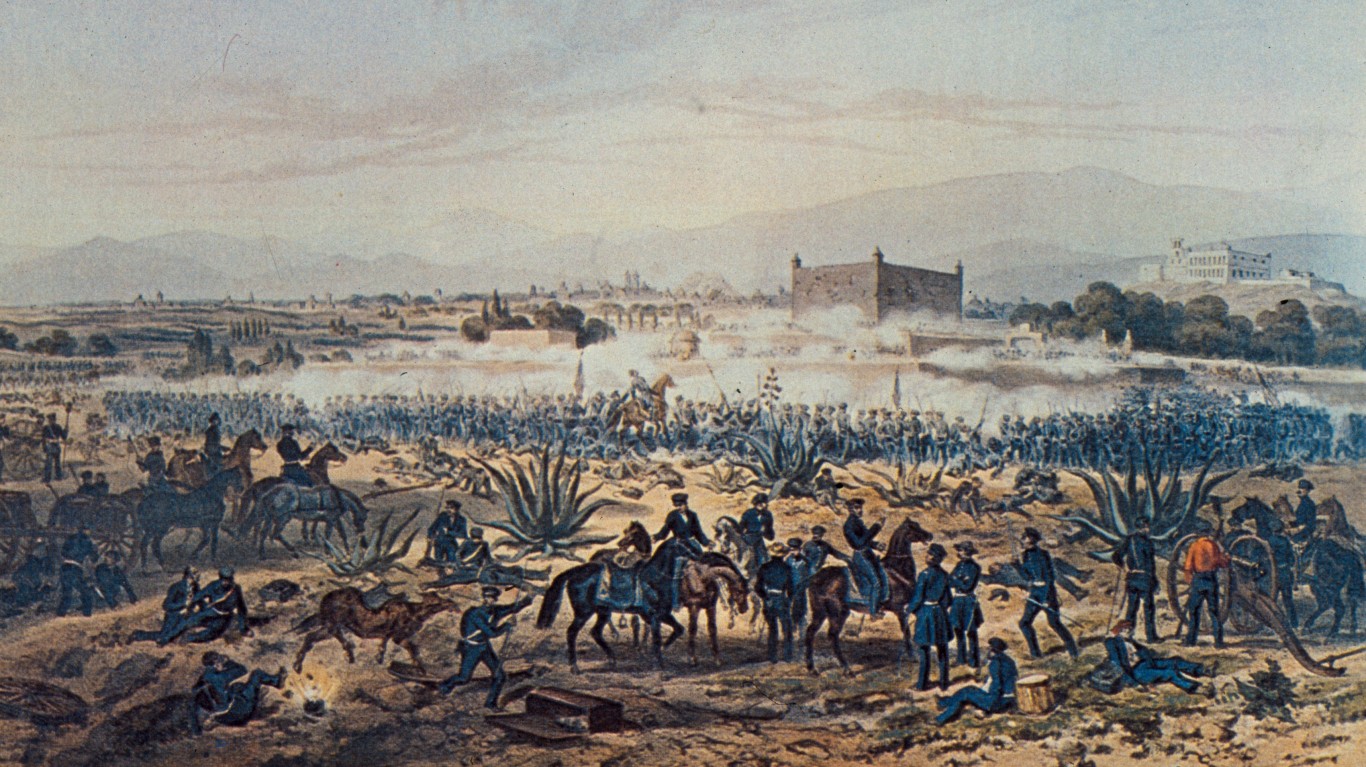
3. Mexican-American War
> Americans killed in battle: 1,549 troops
> Americans killed by disease: 10,986 troops
> Years of U.S. involvement: 1846-1848
In the Mexican-American War, nearly 11,000 American servicemen died of disease, accounting for about 88% of U.S. military deaths. Infectious diseases, including dysentery, yellow fever, and, often spread through contaminated food and water, and because of crowded living conditions and poor sanitation and hygiene practices. Diseases ultimately impacted the American tactics and strategy in the war and eroded morale.
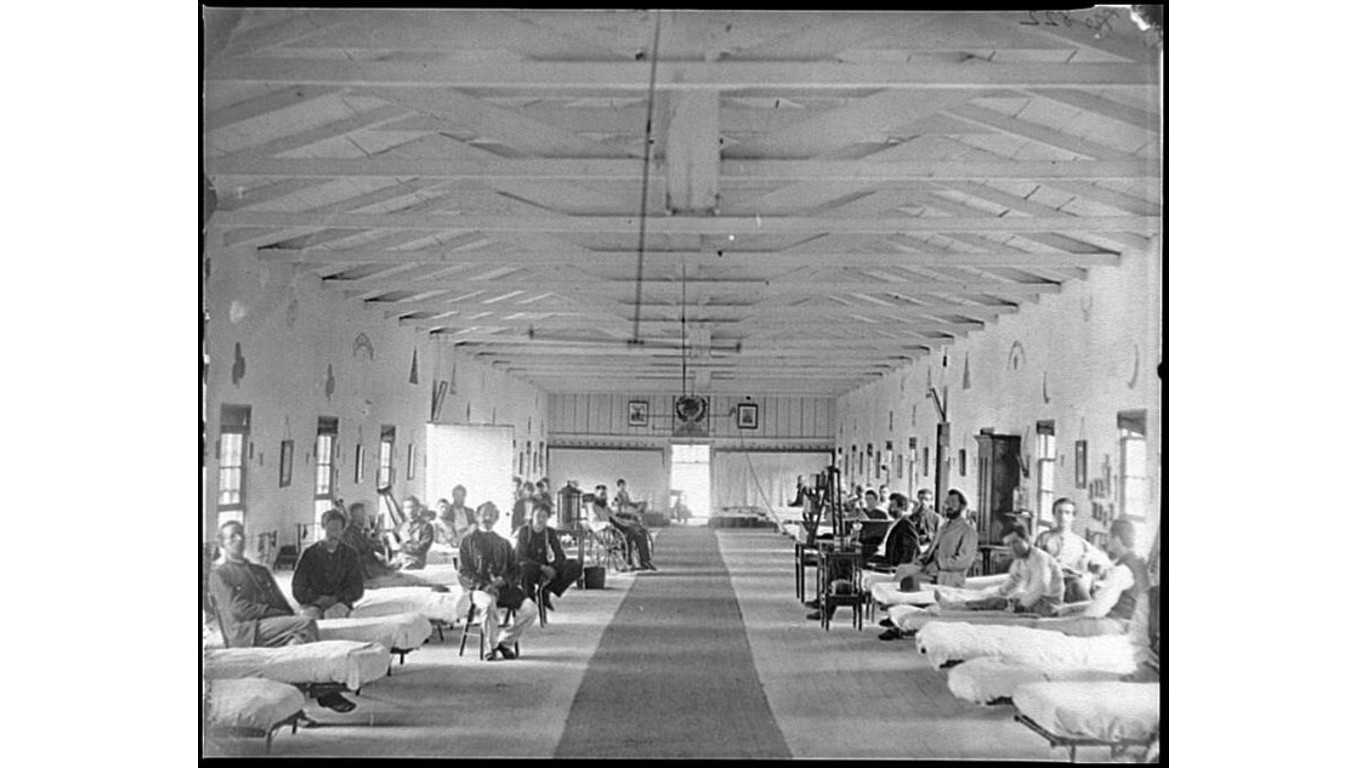
4. Civil War
> Americans killed in battle: About 204,100 troops
> Americans killed by disease: About 388,580 troops
> Years of U.S. involvement: 1861-1865
The Civil War was the deadliest war in U.S. history. While estimates range, a widely accepted figure is of around 620,000 Union and Confederate fatalities. Though over 200,000 soldiers were killed or mortally wounded on the battlefield, with many others dying of starvation, diseases accounted for the majority of Civil War deaths.
Many of the soldiers left their communities for the first time to join the war effort, exposing themselves to diseases for which they had no developed immunity. Diseases that ravaged the armies of both the North and the South during the war included intestinal disorders such as typhoid fever and dysentery, as well as various fevers, measles, and smallpox.
[in-text-ad-2]
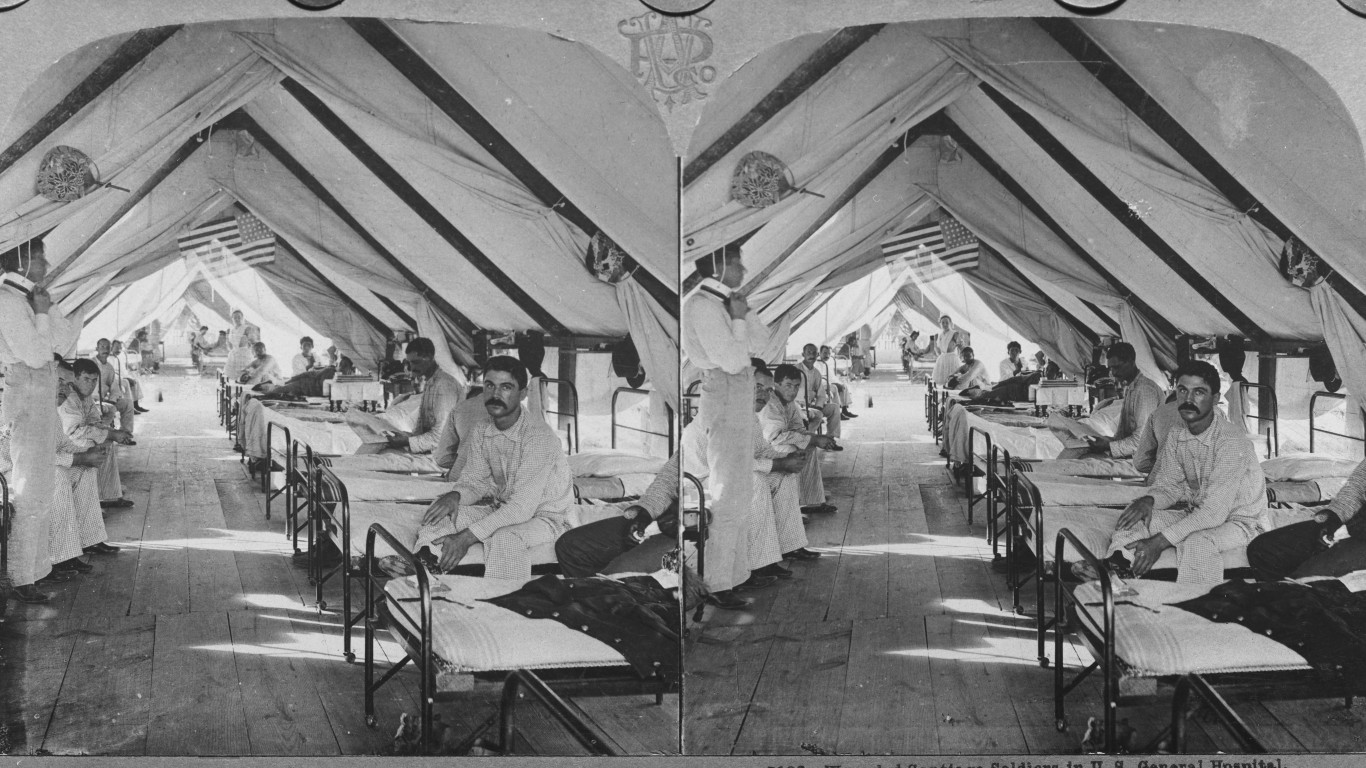
5. Spanish-American War
> Americans killed in battle: 385 troops
> Americans killed by disease: 2,565 troops
> Years of U.S. involvement: 1898-1901
For every American soldier killed on the battlefield in the Spanish-American War, nearly seven died from disease. Unsanitary conditions at military camps and poor hygiene among troops allowed for the rapid spread of diseases like typhoid fever and dysentery. Diseases like yellow fever were also spread by mosquitoes among U.S. troops stationed in Cuba.
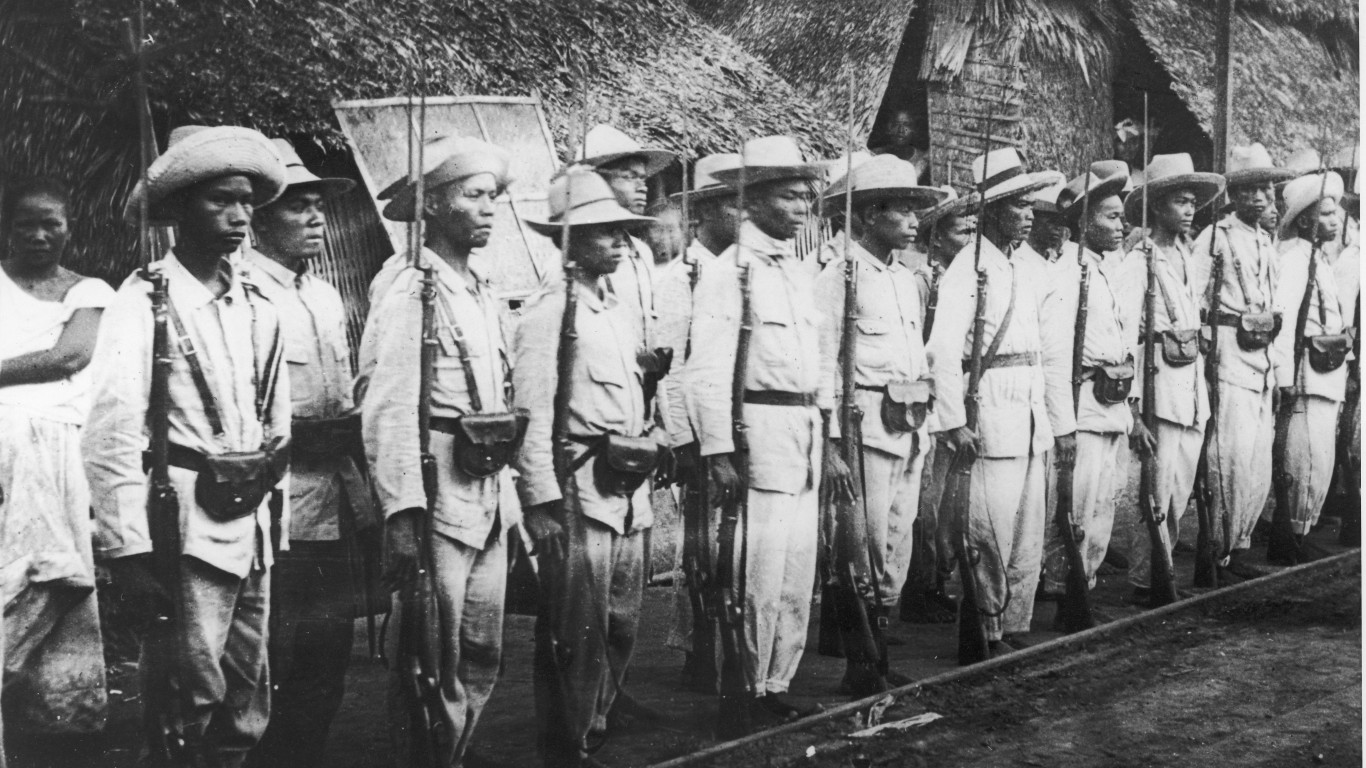
6. Philippine-American War
> Americans killed in battle: About 1,500 troops
> Americans killed by disease: About 2,800 troops
> Years of U.S. involvement: 1899-1902
The Philippine-American War, which lasted from early 1899 to mid-1902, resulted in the deaths of 4,300 American servicemen – nearly two-thirds of whom died of disease. On the Pacific Island nation, located more than 8,500 miles from Washington, D.C., outbreaks of cholera, dysentery, and malaria were devastating to American forces who were fighting to maintain control of the country the U.S. had recently purchased from Spain, following the Spanish-American War.
[in-text-ad]
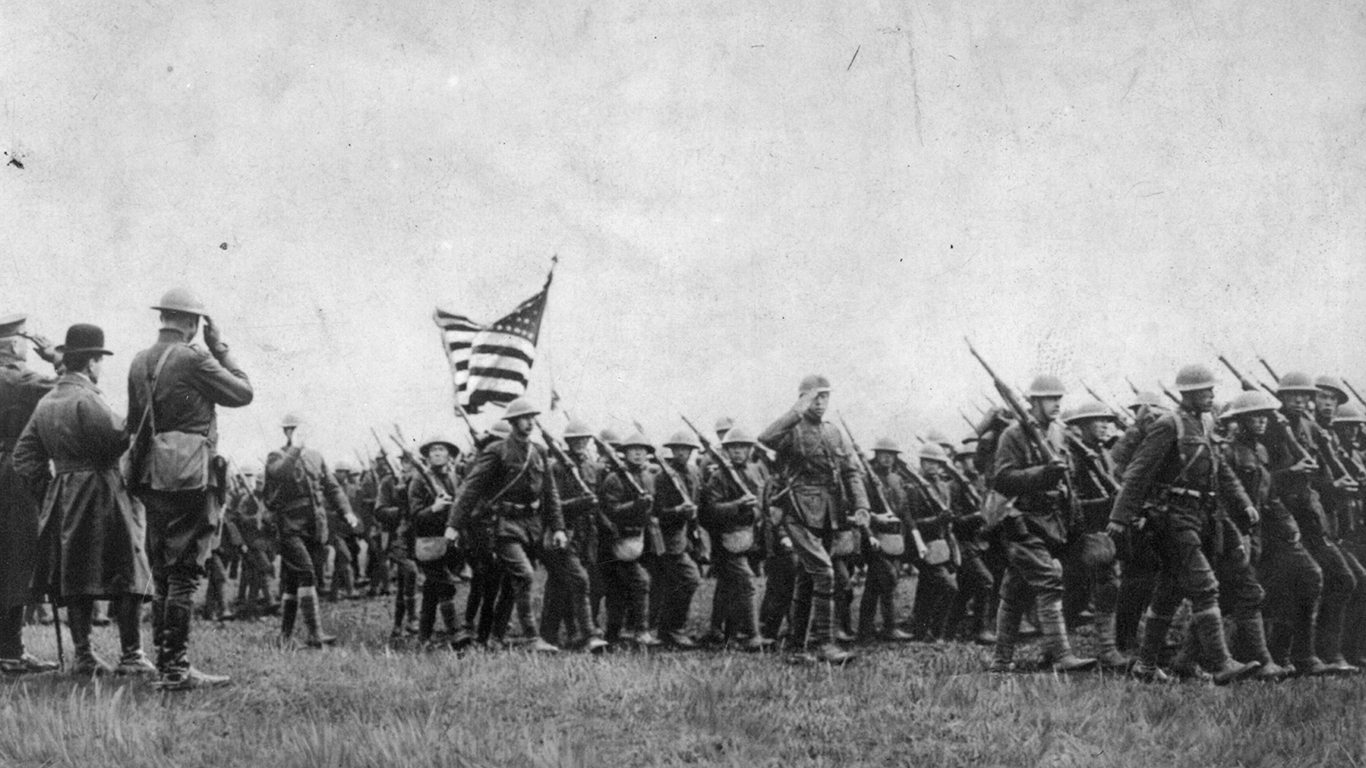
7. World War I
> Americans killed in battle: 53,402 troops
> Americans killed by disease: 63,114 troops
> Years of U.S. involvement: 1917-1918
World War I was the final war in which more Americans died from disease than combat. Of the 4 million Army hospital admissions during the war, a reported 86.3% were due to disease. Though by the time the U.S. joined the war effort, advances in water treatment and vaccines greatly reduced instances of diseases like dysentery and typhoid, the global outbreak of influenza, known as the Spanish Flu, alone killed an estimated 45,000 American troops. Military hospitals were also overwhelmed by more than 23,000 cases of tuberculosis during the war.
Travel Cards Are Getting Too Good To Ignore (sponsored)
Credit card companies are pulling out all the stops, with the issuers are offering insane travel rewards and perks.
We’re talking huge sign-up bonuses, points on every purchase, and benefits like lounge access, travel credits, and free hotel nights. For travelers, these rewards can add up to thousands of dollars in flights, upgrades, and luxury experiences every year.
It’s like getting paid to travel — and it’s available to qualified borrowers who know where to look.
We’ve rounded up some of the best travel credit cards on the market. Click here to see the list. Don’t miss these offers — they won’t be this good forever.
Thank you for reading! Have some feedback for us?
Contact the 24/7 Wall St. editorial team.
 24/7 Wall St.
24/7 Wall St.
